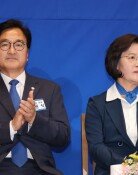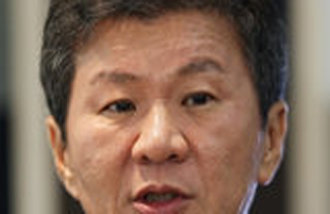[Op-Ed] The Power of Incheon Intl Airport
[Op-Ed] The Power of Incheon Intl Airport
Posted March. 12, 2009 07:55,
"Taking a shower is free and childcare facilities and art galleries are also free, said Japanese TV broadcaster TBS about Incheon International Airport, adding that transit passengers can enjoy many things while resting. In a report late last year on why Japanese choose the Incheon airport for a layover instead of Narita International Airport near Tokyo, TBS said the Incheon airport is an Asian air hub for many reasons. For instance, it links 170 cities around the world, far more than 98 for Narita.
A major attraction of the Incheon airport for foreign passengers is its utilization of information technology. An average of 200 passengers check in using digital codes downloaded onto their cell phones. Since last year, a daily average of 4,000 people have used automatic entry and departure processes with their electronic passports and a fingerprint recognition system. Airports in Singapore and Hong Kong take 14 seconds on average for the process, but the Incheon airport takes only 10 seconds. Russian official state newspaper Rossiyskaya Gazeta said in a January feature, We found no flaws, adding, An airport should be like Incheon International Airport.
For a record fourth straight year, Airports Council International has picked Incheon International Airport as the best among 1,700 airports around the world for last year. Though many worried last year that construction of a boarding building and rearranging of terminal facilities would undermine the quality of service, such problems never materialized. One reason why the airport clinched the top spot was high customer satisfaction. For the first time in the world, it predicted the number of passengers the following day for every terminal and positioned service personnel based on the forecast. About 4,000 airport officials from abroad have visited the Incheon airport to learn from its success.
When the Incheon airport opened eight years ago, many doubted its prospects. By breaking with conventional practices of public companies and placing market principles above all else, the airport has overtaken other world-class airports. Along with reduced time for entry and departure processes and transfers, it has helped introduce Korea to foreign passengers by regularly exhibiting paintings and holding concerts. It has also showcased the potential of Koreas service industry. But the airport should not lower its guard since major airports abroad are increasingly intensifying competition for quality services.
Editorial Writer Hong Kwon-hee (konihong@donga.com)







